Cards
(QUICK LINKS: Decks | plants | mammals | birds | | reptiles | fish | cephalopoda | insects | microbe | events
( scientist | project | modifier | technique |)

Phytoplankton
Desmidiales Order


2 POINTS
Fact: Desmids are a type of green algae. They assume a veriety of highly symmetrical and attractive shapes.

Phytoplankton
Diatom Order

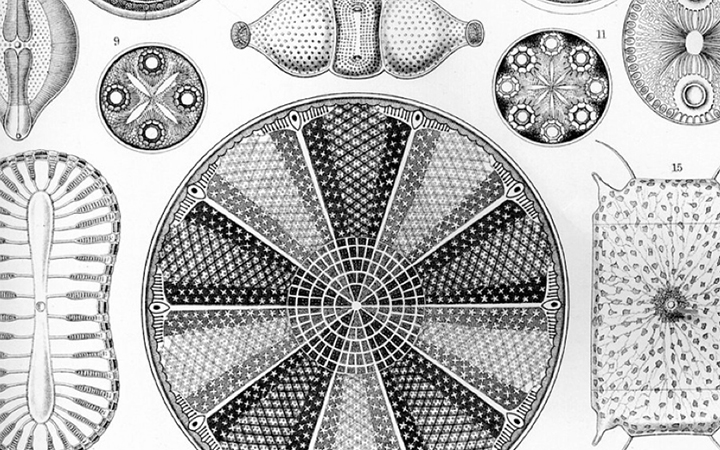
2 POINTS
Fact: Diatoms belong to a large group called the heterokonts, including both autotrophs and heterotrophs

Robin
Erithacus rubecula

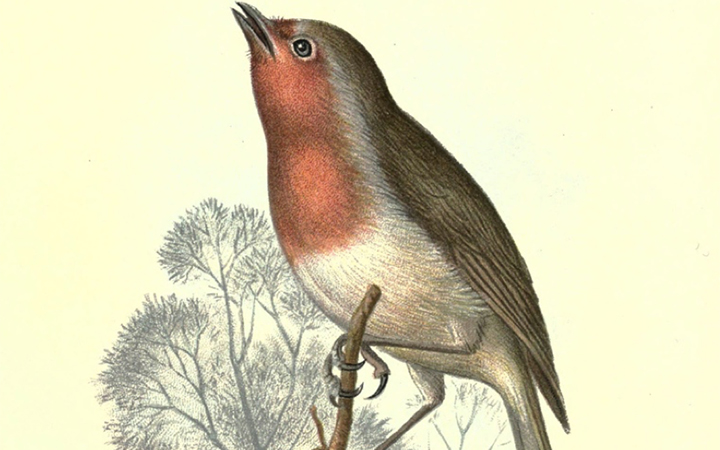
2 POINTS
Play: The Robin has a FLIGHT of 2.
Fact:bThe avian magnetic compass of the robin has been extensively researched and uses Vision Based Magnetoreception.

Red Squirrels
Sciurus Vulgaris

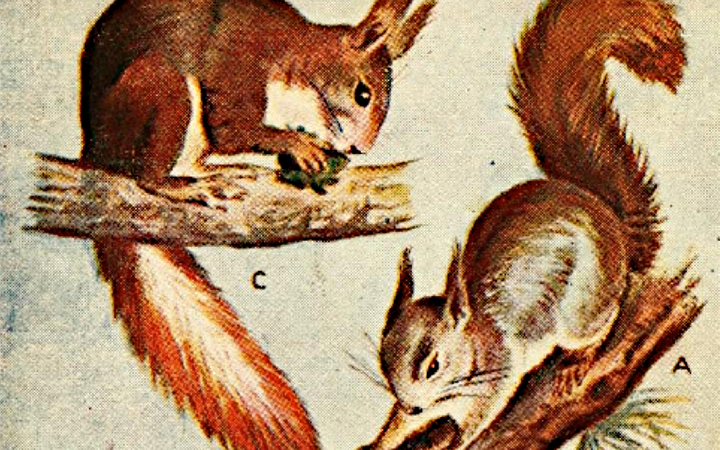
5 POINTS
Play: The Red Squirrel has a MOVE of 2.
Fact: In Great Britain, Italy and Ireland, numbers have decreased drastically in recent years.

Large Earth Bumblebee
Bombus terrestris

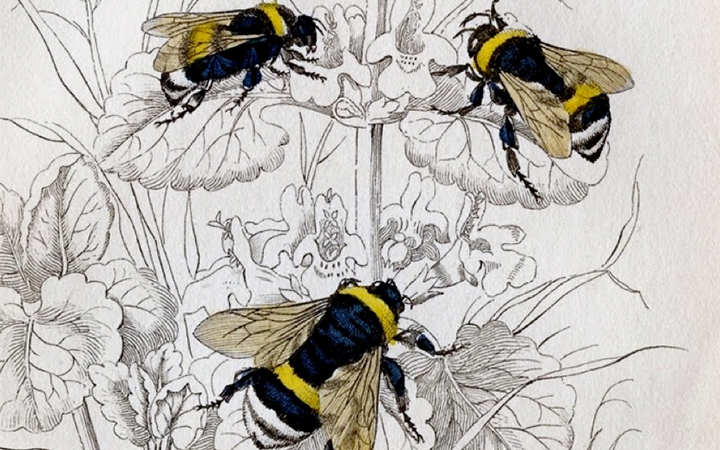
4 POINTS
Play: This Bumblebee has a FLIGHT of 2.
Fact: The Large Earth Bumblebee can navigate its way back to the nest from a distance as far away as 8 miles.

European Honey Bee
Apis Melifera

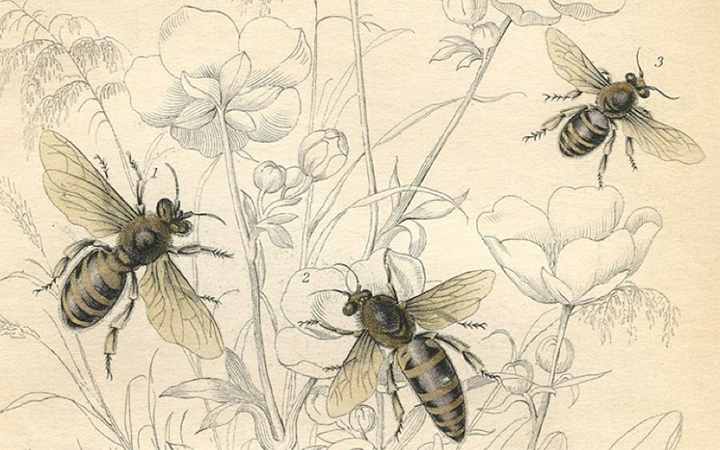
5 POINTS
Play: The European Honey Bee has a FLIGHT of 2.
Fact: THe Honey Bee Genome Sequencing Consortium fully sequenced and analyzed the genome of Apis me;;ifera in 2006.